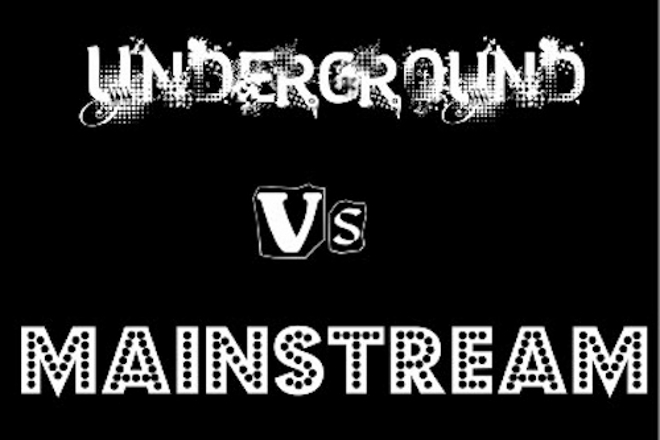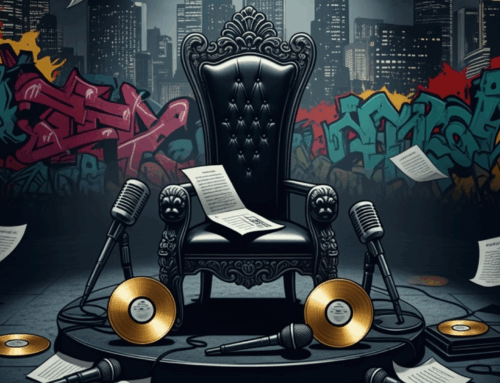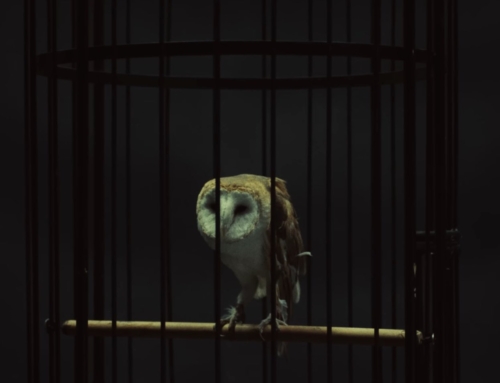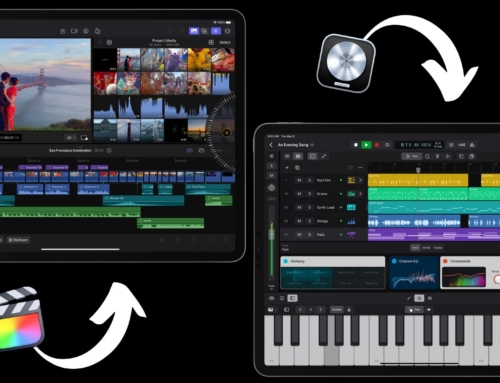You don’t mess with something sacred. You don’t spoil a good memory (even if it’s partially false and fully glorified). You don’t talk ill of something so perfect.
Underground dance music, or UDM as it’s now being called to differentiate itself from the rest of electronic dance music (EDM), keeps up such appearances. There’s a collective narrative that, somewhere between the mid-1980s and early ‘00s, dance music was this unsullied thing, slipping below the mainstream consciousness and spread like a secret between those that were in-the-know. The “simple minded,” bound by whatever pop music charted at the time, were just unaware – and that made those into dance music somehow superior.
And then, EDM spoiled it all.
So what has happened now, unless you’ve been living under a rock, is a schism between the allegedly “true” and “pure” forms of dance music and the “pop” stuff for the masses. The former turned toward the underground, while the latter is exemplified by celebrity DJs, mega festivals, and the same-sounding Dirty Dutch track of the week. The former is “how it used to be,” and the latter represents a bastard stepchild that’s gotten way too much attention than it deserves.
The problem with this narrative – beyond the obvious pretentiousness – is that it’s just not true. Yes, EDM sharply saw its popularity grow somewhere between 2010 and 2012, but, really, dance music has always been there, with styles and trends undulating like waves, often simultaneously dove-tailing over each other. While there was The Warehouse, there was Factory Records in Manchester and Sleeping Bag in New York. As acid house came and went, Eurodance – erroneously called “techno” at the time – rose to the top of the European charts. And as U.K. garage and bass music became a “thing,” trance transformed into this massive force in the late ‘90s. Along with all that, electronica acts – some that became major festival headliners in the ‘90s and early ‘00s – were there all along.
So, when someone in the underground is spitting ire about how Swedish House Mafia and David Guetta destroyed “real” dance music, where’s the rage against The Chemical Brothers becoming “so mainstream” 15 years ago or Richie Hawtin for daring to perform at MoMA last year instead of just sticking with dark clubs in Berlin and Detroit? The occasional hypocrisy is just one of the reasons UDM becomes eye-rollingly unbearable on occasion:
Fans are Too Good for EDM
Online in the dance music community, you’re about a click or two away from finding about why EDM – or, really, festival culture, progressive house, big-name DJs, etc. – is the worst thing to ever happen. Someone’s going to complain how rave culture was so authentic and had such a community feeling 20 or more years ago, and now everything today seems so disconnected from what “real” electronic music is.
There are plenty of ways to describe this person, but L.A. Weekly worded it perfectly: the rave snob, or someone who obsessively delineates dance music subgenres, complains about the crowd and mainstream culture, and would rather, really, be seen at a wine tasting event with deep house in the background than at an actual club having some, you know, fun.
If anything, rave snobbery is one of the worst things to happen to electronic music across the spectrum. The specific subgenre differences stifle producers’ creativity, resulting in a string of rise-drop-rise-drop progressive house stuff, wobbly dubstep like Skrillex, and minimalist techno so basic it might as well be a metronome with beat divisions. The creativity that beget everything from Frankie Knuckles and New Order 30 years ago to pre-fame progressive house producers gets snuffed out when everyone from record execs to fans complains, “That’s not real house! Why is so-and-so making an electro track now?”
“Refined” Elitist Crowds
Yes, big EDM festivals often have a crowd of people jumping up and down like it’s a rock concert, or, worse, the bright lights of smartphone screens break through the darkness, disrupting the atmosphere. “True” dance music fans gripe that there’s no actual dancing going on, but UDM nights are about as much of a crapshoot: There will be dancing, or there will be head-bobbing accompanied by someone exclaiming, “This is so amazing and profound!”, like they’re a college-aged Phish fan going on and on about the jam band’s guitar noodling.
The music’s changed and the venue gives off a more formal and adult vibe, but the groove’s gone. What’s in place has all the excitement of a classical music listening party.
You might think, “So? Let them have their enjoyment.” And that’s fine, but as Mixmag detailed about European club culture, and something also present in the U.S., you end up with “upper class” dance music nights for the supposedly “refined” styles and those catering to the bros and working-class kids.
Along these lines, you now have people publishing lists about what you can and can’t do at raves – and what, exactly, a “rave” is supposed to be. It all makes you wonder, “Whatever happened to PLUR?”
A “We’re the Culture, but We Don’t Influence the Culture”-Type of Attitude
When you ask UDM producers and DJs about the state of EDM, you’ve essentially got two groups. On one hand, there are the Jamie Joneses and the Kevin Saundersons of the scene that acknowledge underground dance music’s influence and realize that going to a party or club is, ultimately, about having a good time, regardless of the DJ’s fame.
And then you’ve got the Seth Troxlers out there. It’s pretty well known at this point that Troxler specifically declared that underground dance music should be a separate genre.
But, really, is “underground” all that different from the mainstream? UDM might be code for deep house, minimal techno, nu-disco, and anything “liquid,” “bass,” or “deep,” while EDM stands for big room, progressive house, some trap, electro, and a bit of trance, but plenty of styles flow between, not really fitting into either. For instance, synthpop, Euro-disco, Hi-NRG, and electro-pop certainly aren’t mainstream, but no one would classify them as underground. Similarly, Eurodance still gets kicked around in a modern form, but can you name any act, aside from Basshunter, that’s not a retro artist? And where does something like Hardstyle, chiptunes, happy hardcore, or post-dubstep fit into all of this?
As well, up-and-coming producers create progressive and electro house tracks with regularity, most not making it into the Beatport 100. Does trying out this group of sounds and beats automatically make such artists “mainstream,” even though they’re far from a household name?
And, while we’re at it, can you call someone like Nicole Moudaber or Tchami “underground” when they regularly hit the Beatport Top 10?
“Sell out” might be the best word for it. And this attitude, particularly, is what is especially hypocritical about some aspects of underground music. An artist’s great when only you and a handful of others know about him, but as soon as he turns into a bigger name? Well, you know what happens then.




